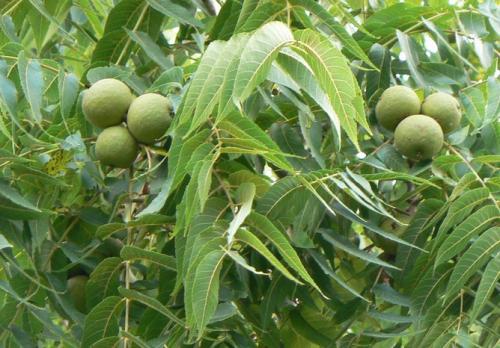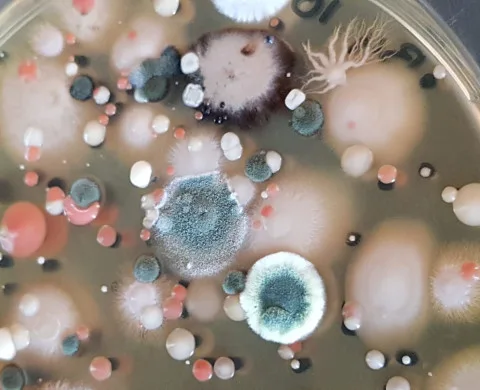When we encounter a danger, the first thing that strikes in our mind is to run away and hide (though many of us might choose to give a fight). But the article is in the context of animals and plants. Animals when encounter any danger of being attacked, the first instinct is to escape from the danger is to run. Unfortunately, the plants cannot do that. Rather, plants in order to defend themselves from their predators have evolved various defense techniques such as chemical weapons and insect armies.
Plants also developed structural weapons such as thorns to protect themselves in the hostile environment. These thorns dissuade herbivorous animals from eating away the plant’s fruits. Other, defense mechanism includes coating the leaf surface with wax or hairs, that makes the surface sticky and act as an obstacle for tiny insects.
Few other plants have turned into carnivores that trap insects in their pitcher, filled with digestive juices and digest the insects trapped in. The insects slips on the waxy surface of the pitcher and get trapped in the pitcher plant, whereas Venus fly trap slowly closes the wings of the trap behind insects.
Apart from these, plants more commonly use chemical weapons for its defense. And as per researchers, all most all the plants that they had observed uses some form of the chemical weapons.
When attacked by herbivores, plant discharge chemicals which notify the other plants of the species in the vicinity about the herbivores. In response, the plant’s defense genes gets stimulated, reducing their susceptibility. Jasmonic acid in the plant, also known as wounding hormone synchronizes the chemical response and accelerates the generation of anti herbivore defense chemicals in the surrounding and within the plant’s body.
Some other plants, modify their leaf hairs into needles. And uses these needles to introduce an animal protein histamine, that generally causes allergies and awful sting which can cause irritation in mouths and throats of animals trying to eat it.
Also like animals, plants like to defend their areas from other plants. Plants like black walnut trees discharges toxic chemical from their leaves and roots, into the soil and halt seedlings of rival plants from surviving.
Plants such as cucumber, tomato, lima beans, cabbage and corns discharges chemicals that lure insects that preys on such herbivores. These chemicals signals the insects about their prey and in return plants get security from herbivores. There are certain African trees as acacias, which acts as a shelter and a source of food, for the whole armies of ants and thus gets protection against herbivores as small as insects and as big as giraffes.
Researcher Renee Borges of the Indian Institute of Science, also found that such association between the tree and ants, provides the plants with beneficial nitrogen to absorb, that are excreted by the ants. Another researcher, Marcia González-Teuber of Max Planck Institute for Chemical Ecology observed ants are also benefiting the plants by shielding the plants against the attacks of bacteria. Though the process is not yet understood, but she believes it could be because of other bacterias that live on the ant’s leg that decreases the vulnerability to bacterial attacks.
There are instances where the ants were seen going out of their way and wipe out seedlings that grow around their host plant. Thus ants eliminate the competition that their host plant might have to counter for light and other vital resources and instead the plants can devote its resources for growth and reproduction.
Therefore, these plants might look defenseless and vulnerable due to lack of mobility, but one must not underestimate the complex mechanisms that these plants have evolved to defend themselves against small or even large predators.
Source: The Conversation





